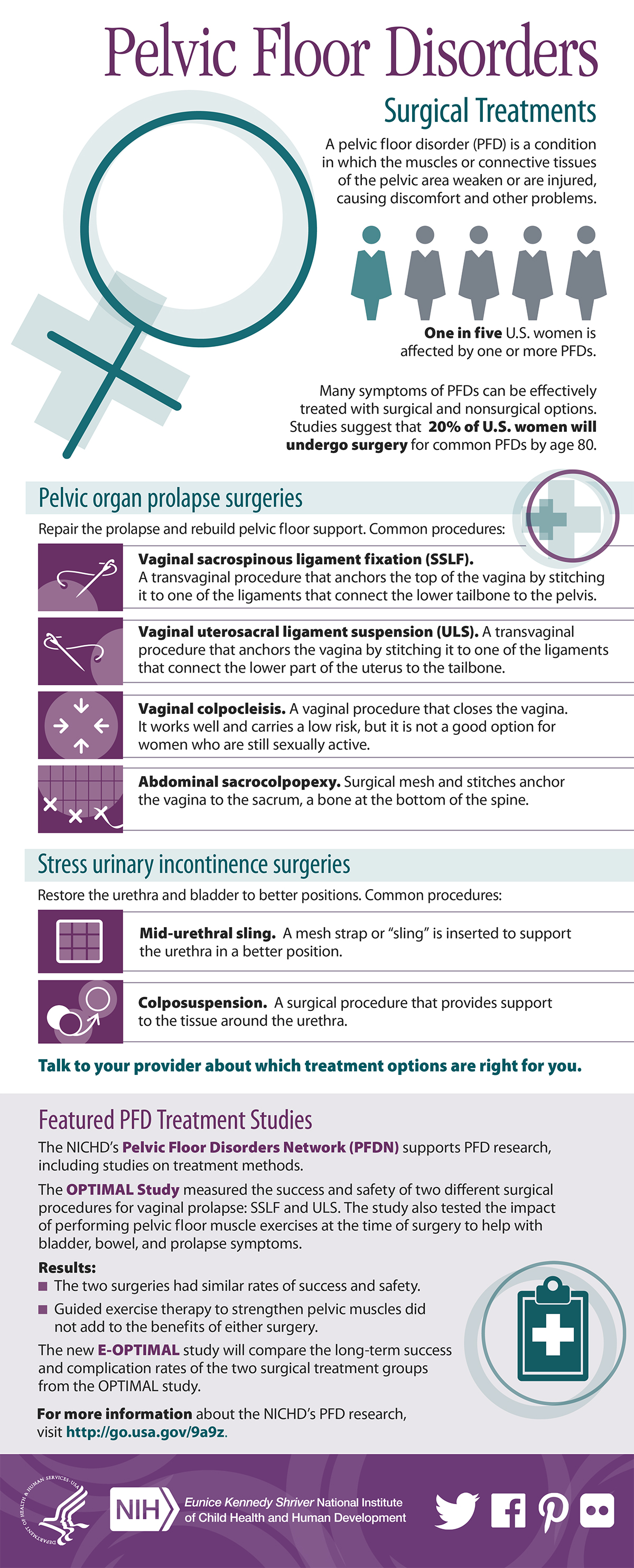How To Allocate Your Flooring Project: A Practical Guide
How To Allocate Your Flooring Project: A Practical Guide
Blog Article
Content Develop By-Elgaard Hvidberg
When you're intending a floor covering task, budgeting isn't practically picking a number; it has to do with recognizing what you truly require and the costs included. You'll intend to analyze your specific requirements, study various products, and expect unforeseen costs. Think of how aspects like room purpose and installment approaches can affect your budget. Yet prior to metallic epoxy floor coatings utah jump in, there are some crucial details you could overlook that can dramatically affect your total expenses. Let's explore how to navigate these complexities and ensure your project stays on track.
Assessing Your Floor Covering Demands
Prior to diving into your flooring project, it's critical to analyze your flooring needs. Begin by taking into consideration the particular areas where you plan to set up brand-new flooring. Consider the objective of each area. For instance, kitchens and bathrooms need waterproof products, while living locations could take advantage of comfort and aesthetic appeals.
Next off, evaluate the existing conditions of your floors. Exist Visit Webpage of architectural concerns, such as irregular surface areas or dampness problems? Dealing with just click the following website can save you time and money down the line.
Likewise, keep in mind of the dimensions of each room to identify how much flooring you'll require.
Do not forget to consider your way of life. If you have family pets or young youngsters, sturdiness may be your leading concern, while a more formal space might call for a lavish finish. Additionally, think of your design preferences. Do you prefer a traditional look, or are you attracted to modern styles?
Last but not least, be practical regarding how much maintenance you're willing to devote to. Some products require even more maintenance than others. By recognizing your needs plainly, you'll be much better geared up to make informed choices as you progress with your floor covering task.
Estimating Expenses and Products
Estimating costs and products is a critical action in your floor covering job that can considerably influence your general budget plan. Begin by measuring your room accurately to determine how much flooring you'll require. For a lot of materials, you'll find prices by square foot, so gather quotes from numerous providers to get a realistic number.
Next, take into consideration the type of flooring you want. Options like hardwood, laminate, ceramic tile, or carpeting all come with different cost points. https://4pointhomeinspection11099.digitollblog.com/32429039/get-ready-to-change-your-space-with-epoxy-floor-covering-professionals-find-the-tricks-to-attaining-stunning-and-sturdy-floorings-that-boost-your-home for each and every and consider any extra products like underlayment, glue, or transition strips.
Don't fail to remember to consist of devices if you're preparing a do it yourself installment, as renting or buying equipment can add to your expenses.
Labor expenses are an additional essential consideration. If you're hiring experts, obtain price quotes from numerous contractors to ensure you're getting a reasonable cost. Be clear about the range of job to stay clear of unanticipated charges later on.
Finally, it's smart to reserve a small percentage of your allocate any kind of unforeseen prices associated with materials. By thoroughly estimating your expenses and materials ahead of time, you'll set on your own up for a smoother and a lot more manageable floor covering project.
Preparation for Hidden Costs
Numerous home owners overlook the hidden costs that can emerge during a flooring job, which can lead to budget plan overruns. To avoid this, you need to plan for potential additional expenses.
First, take into consideration the condition of your existing subfloor. If it's damaged or unequal, you'll likely require fixings or leveling, which can add substantially to your general cost.
Next, think of removal and disposal fees for your old flooring. Numerous contractors charge additional for this service, so element that right into your budget plan.
Additionally, do not forget about the expenses of underlayment, which may not be included in the preliminary quote yet are vital for a successful installation.
You must also plan for unforeseen difficulties, such as pipes or electrical job if your flooring job involves relocating fixtures. It's wise to allot at least 10-15% of your total allocate these unforeseen costs.
Finally, remember that permits may be needed for sure setups. Always check neighborhood guidelines to avoid fines or hold-ups.
Conclusion
Finally, budgeting for your flooring job is essential for an effective end result. By analyzing your requirements, estimating prices, and preparation for covert expenditures, you'll avoid surprises and stay on track. Bear in mind to reserve a part of your allocate unexpected costs and keep a comprehensive failure of your expenditures. With mindful preparation and consideration, you'll develop a stunning room that satisfies your demands without breaking the bank. Delighted flooring!
